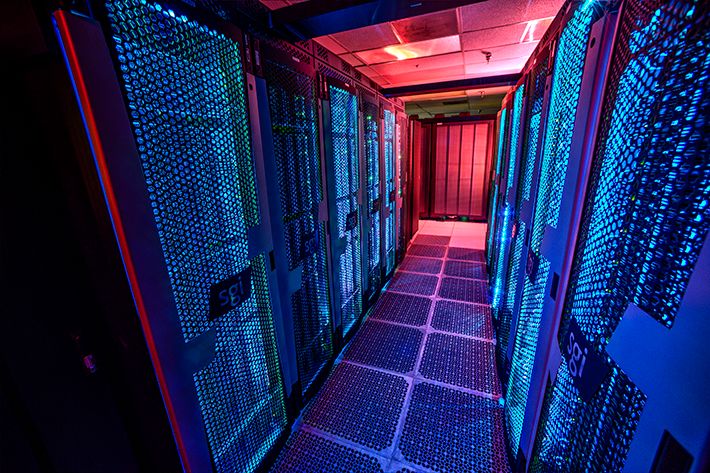Research Page
Ocean Biogeochemical Modeling
Ocean biological constituents represent some of the most diverse ecosystems on the planet. The uptake, cycling, and transformations of carbon and nutrients by biological systems is important on many levels to understand the processes involved in phytoplankton distributions in the oceans, and how they affect and may be affected by climate. Ocean biogeochemical models provide a venue to assess variability and trends in the ocean from nutrients to the phytoplankton community and the global carbon cycle. At the Ocean Ecology Laboratory, the NASA Ocean Biogeochemical Model (NOBM) is used to generate a range of Level-4 data products as well as tackle various research topics from sensitivity analyses to the assessment of climate variability and trends. The assimilation of satellite ocean color products (SeaWiFS, MODIS-Aqua and VIIRS) in the NOBM further improves the model’s ability to simulate the environment and its variability. The NOBM is also used to develop simulated datasets for the PACE mission as well as support the planning of field campaigns such as EXPORTS. Finally, the NOBM is also part of the wider Carbon Monitoring System Program, a program aimed at developing the capabilities necessary to support stakeholder needs for monitoring, reporting, and verification of carbon stocks and fluxes.

